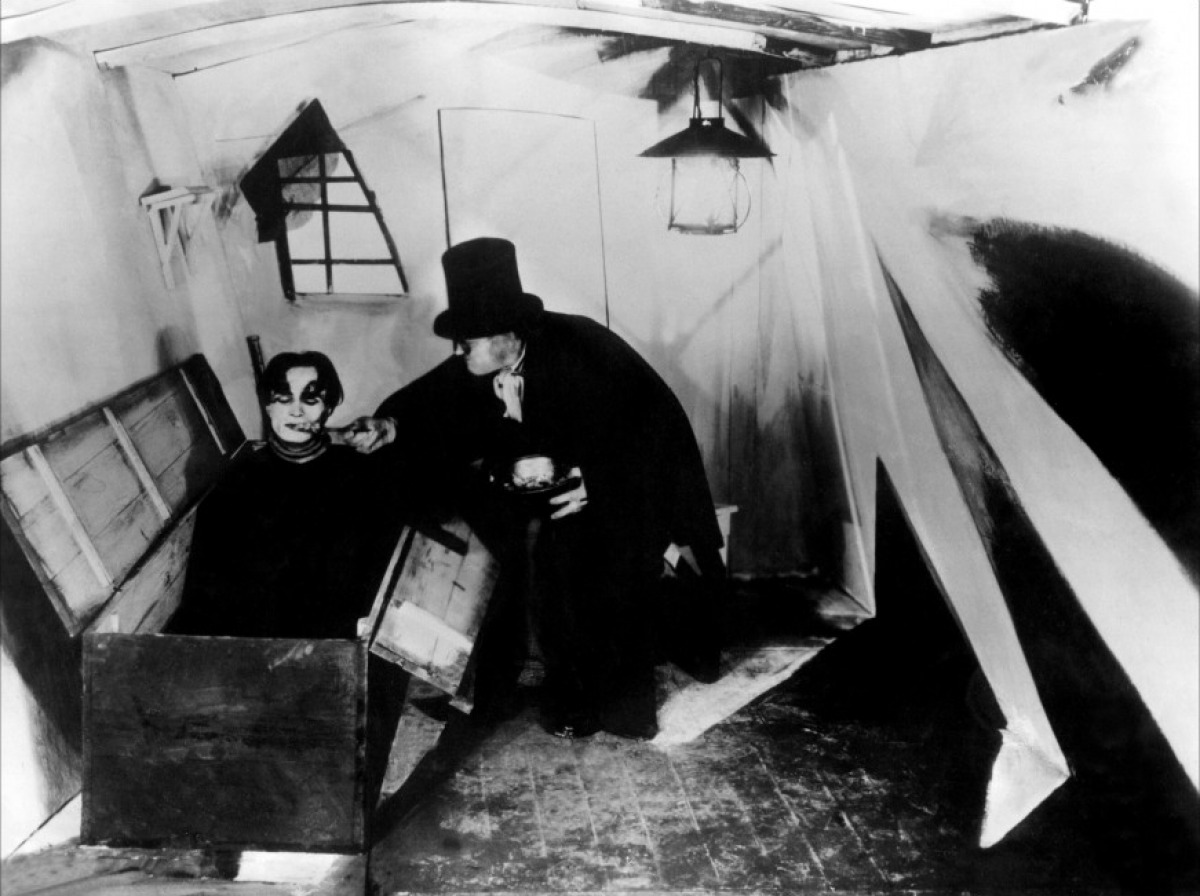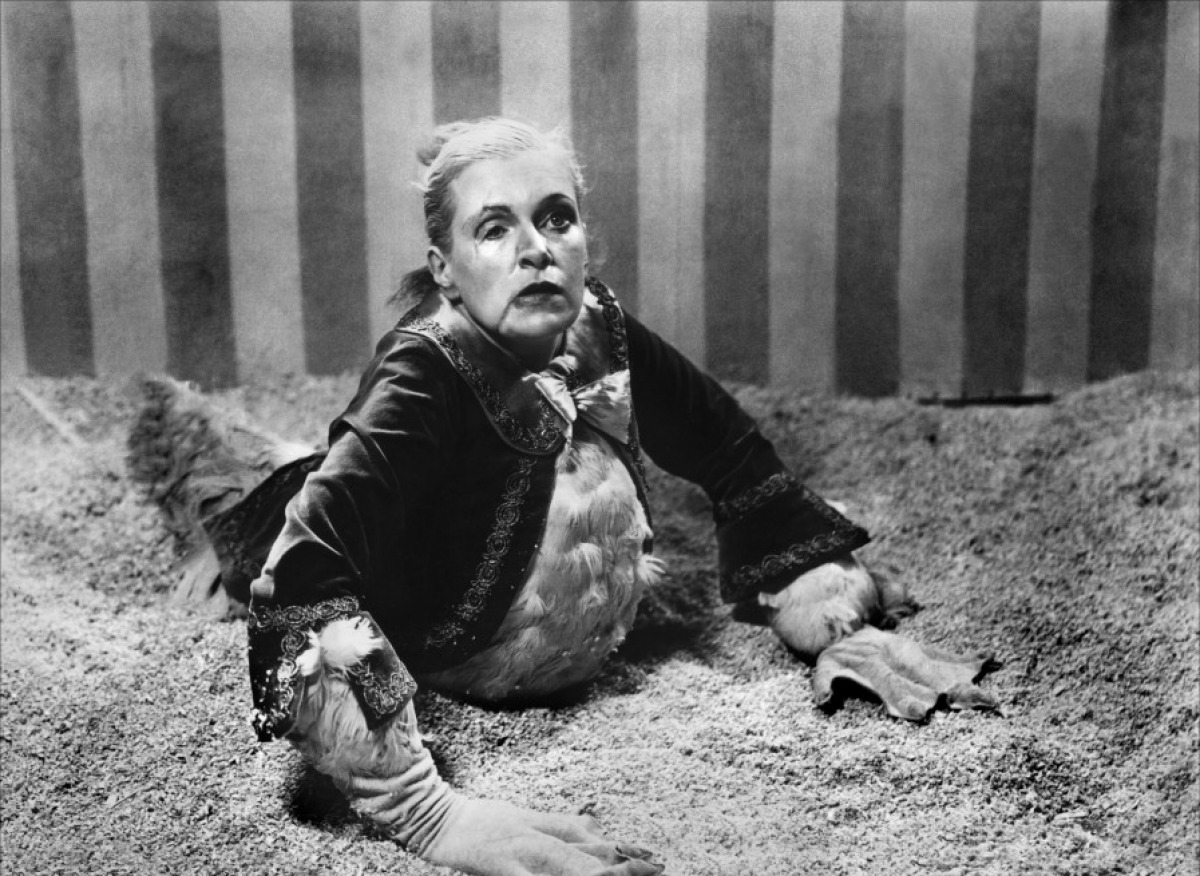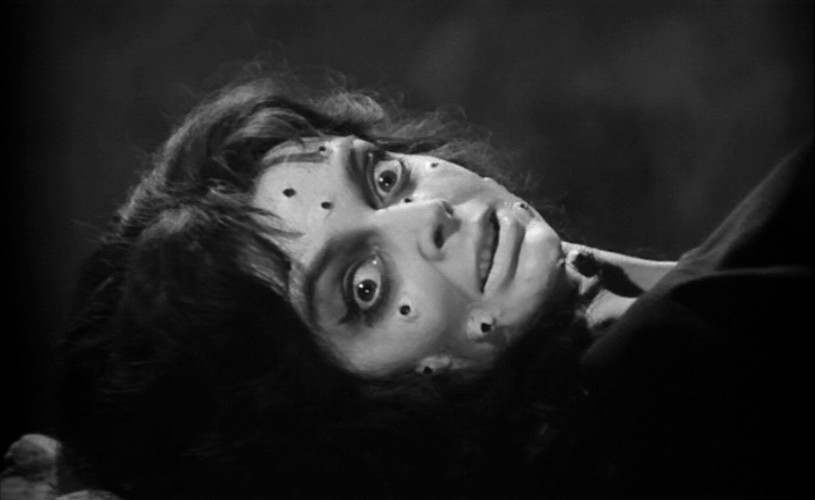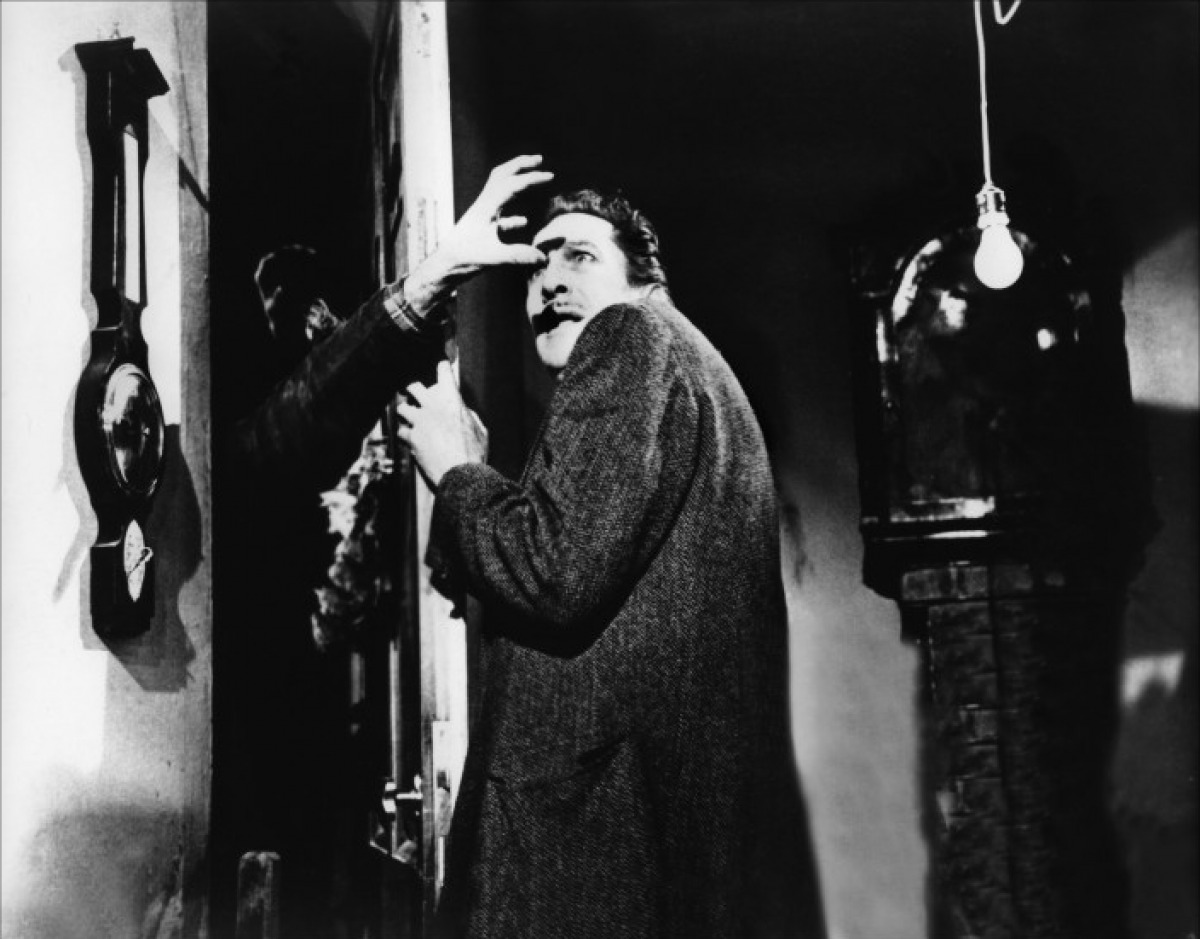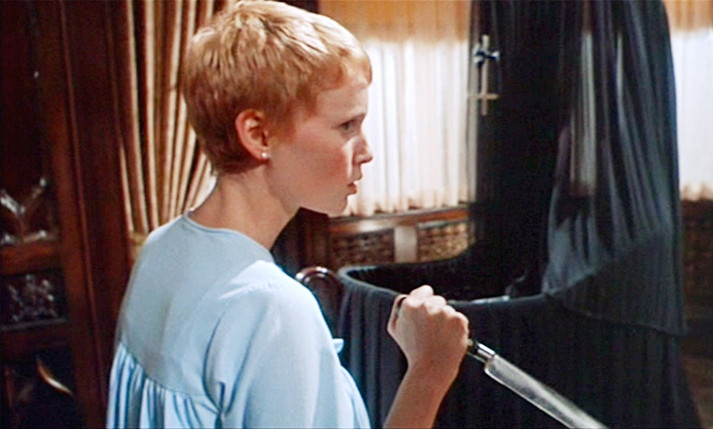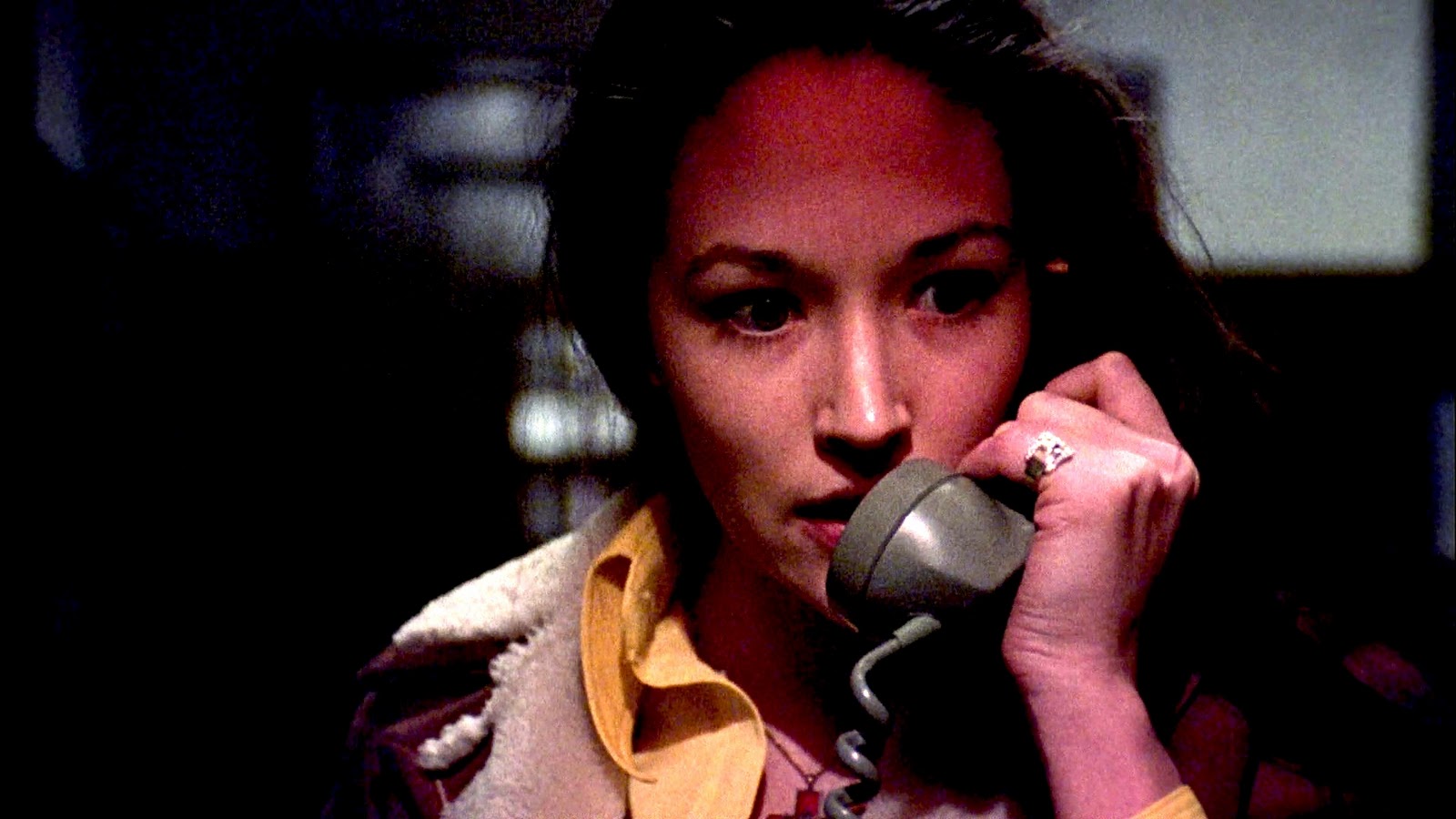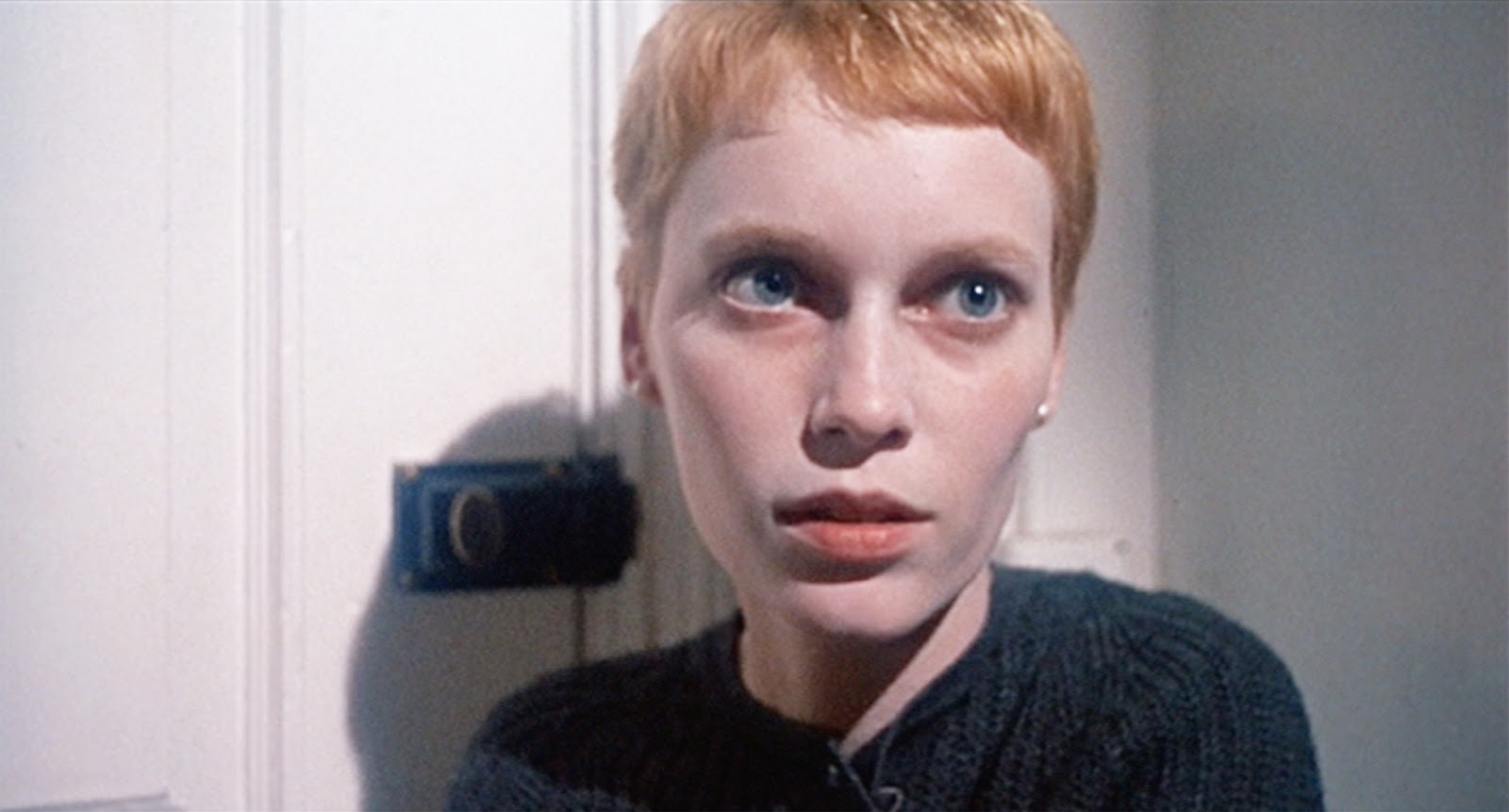
Horror films have always had a bad reputation and aren’t genuinely respected as much as other cinematic fare. Some critics believe horror to be trashy exploitation and gore-filled nonsense, and while this may be true in some regards, to classify an entire genre as such and chastise them is unfair to the fans and the filmmakers behind them. Horror is a very deep and diverse genre, and while there are plenty of slasher and torture porn films to go around, they don’t define horror. Anyone that’s a fan of punk rock can tell you that there’s not just one type of punk and it can be broken down into subgenres. Horror is very much like punk in that respect and the different subgenres have something unique for different people.
The films listed below come from various subgenres of the horror genre, but what they all have in common is that they don’t use blood and gore to keep the audience enthralled, instead atmosphere and suspense it utilized. What makes some of these films interesting is how they trick your mind into thinking it’s a lot harder to watch than it really is. You’ll be surprised that most, if not all of these films feature very little blood and gore. So, if you’re a horror naysayer and fail to find the merit in the horror genre, keep reading and perhaps you’ll be swayed by the end.
1. The Cabinet of Dr. Caligari (1920)
Robert Weine’s 1920 German Expressionist classic is heralded by many as being the first true horror film and was a big influence on filmmakers ever since in creating mood and atmosphere in their films. The film is about Dr. Caligari and his sideshow attraction of a sleepwalking fortune-teller named Cesare. When one of his predictions leads to a man being murdered, he becomes the prime suspect and the townspeople are out to get him.
Screenwriters Hans Janowitz and Carl Mayer claimed to have had the inspiration for the story while walking around a small fair where they saw a man predicting the future while in a trance. The film is by far one of the most inspirational films of all-time and changed the face of cinema for good. The film has a very chaotic style to it and Weine put a lot of faith in his designer, Hermann Warm.
The sets were jagged and crooked and had the shadows painted right on them, while the acting was intentionally jerky. The film had a very strange, surreal style that was not seen at the time. It left a lasting impression and had a big influence on filmmakers such as Tim Burton and Terry Gilliam. It’s hard to explain why this film is as important as it is, but while watching it you can see the influence it’s had. There’s few films like “The Cabinet of Dr. Caligari” and while it might be hard for some moviegoers to watch a ’20s silent film, it’s well worth it.
2. Freaks (1932)
Todd Brownings unsettling 1932 “horror” picture is unlike any other film on this list not because of how unnerving it was for audiences at the time, but because it strived for realism and was genuinely misunderstood. “Freaks” is an almost slice-of-life type film that featured real sideshow performers and was about the beautiful trapeze artist Cleopatra and her marriage to the leader of the freak sideshow, a little person by the name of Hans. All is well until Hans’ friends find out that Cleopatra doesn’t love Hans and she married him so she and her lover, the strongman, could kill him and receive his inheritance.
Since his childhood, Tod Browning had shown an interest in circus life so much so that at the age of 16 he left his wealthy family to join the circus. It’s been said that his years working with the carnival was his influence for having this film made and his experiences spawned some of the segments detailing the lives of the carnival folk in “Freaks”. The film was unlike anything moviegoers were used to and it’s been said the original cut of the film disgusted the test audience. The realism Browning wanted to show is what separates this film from imitators and the inclusion of real side show performers gave it an air of authenticity.
The film was considered vile by audiences because of its use of real sideshow performers and many felt it was exploitative, but the performers themselves were happy to do it. The film was banned in many countries, but what a lot of critics and audiences failed to see was how much heart “Freaks” really had. The true theme of the film is about greed and how the “freaks” are the more normal, loving bunch and the true monster resides in the hearts of the “normal”. It’s a wonderful story that has some horror elements, but deep down, it’s a significant film about acceptance.
3. Eyes Without a Face (1960)
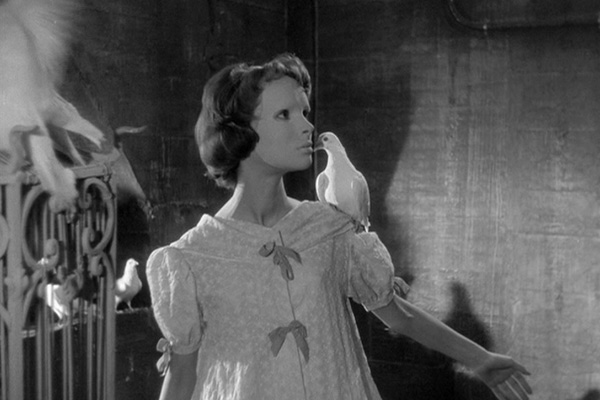
In the 1950’s, French audiences were in love with the British Hammer horror films but had very few horror films of their own to celebrate. This lead to film producer Jules Borkon buying the rights to a horror novel by Jean Redon and having George Franju, one of the founders of Cinémathèque Française, direct one of his first non-documentary films. The result was “Eyes Without a Face”. The film tells a mad scientist tale about Dr. Génessier and how he tries to create a new form of skin graft for his once beautiful daughter Christine, whom he mangled in a car accident. To do this, Dr. Génessier and his assistant kidnap young girls for his experiments.
“Eyes Without a Face” works so well because Franju didn’t view the source material as being horror and thought the film was more about anguish. Because of this and his love for French films from the silent-era like that of Georges Méliès, his film took on a more fantastic, fairy-tale quality. Cinematography and music played a big part in creating the mood of “Eyes Without a Face”.
Cinematographer Eugen Schüfftan, who’s best known for creating the Schüfftan process on “Metropolis” as well as his work on “The Hustler”, shot the film and is responsible for the dream-like images throughout. His images were aided ten fold by the haunting, almost carnival-style music by Maurice Jarre, who’s responsible for some very famous scores in film history. The sound and image melded together in such a way that made just about any shot haunting and wonderful, especially in the opening credits scene.
It’s been said that George Franju got a lot of slack for making this film when he did and critics felt the horror genre was insignificant and unworthy of his time, but Franju stood by his decision and claimed that he made the film so the genre would finally be taken seriously.
4. Black Sunday (1960)
“Black Sunday” is an Italian film directed by Mario Bava in 1960 and marks his first official solo directorial debut. Bava had made a name for himself as a very talented cinematographer and problem solver for Italian production company Galatea Film. More than once Bava had to step in to help finish directing a film and he seldom ever received credit for it.
After so many fix jobs occurred, Galatea finally gave Bava permission to direct a film of his choosing and he chose a loose adaptation of Nikolai Gogol’s horror story “Viy”. “Black Sunday” (also known as “The Mask of Satan”) is about an unforgiving vampire-witch named Asa Vajda (played by Barbara Steele) who has returned from the grave with her lover to posses the body of her beautiful ancestor, Katia Vajda (also played by Barbara Steele), but Katia’s brother stands in the witch’s path.
What makes Bava’s films so special and unique are the fact that he chooses to write, direct and even shoot his own pictures. He chose to do this not because he wanted all the attention, but because he knew what he wanted in every area of the filmmaking process. Bava’s films always have very striking and interesting cinematographically because he always believed that lighting was a big part of what caused suspense. “Black Sunday” is filled with great atmospheric moments that are caused by Bava’s eye for visual storytelling and his striking use of black and white photography.
It’s been said that Bava took a lot of influence from the classic Universal horror movies from the 20’s and 30’s, which helped him create a very thick, Gothic aesthetic complete with dense fog, dark shadows, and fantastic art direction. While the plot line isn’t the best out of the films featured on the list, it gets a lot of respect for being an exercise in style and visual storytelling, which is what makes Bava such a talented filmmaker. It’s also worth mentioning that this is one of Barbara Steele’s first leading roles and helped to give her the reputation she has today.
5. The Last Man on Earth (1964)
There’s a lot that went wrong throughout the making of “The Last Man on Earth”, but it surprisingly turned out really well and is one of Vincent Price’s most memorable films. The film, directed by both Ubaldo Ragona and Sidney Salkow, tells the story of Doctor Robert Morgan and how he survives being the only human left alive. By day he stalks and kills the undead, and by night he hides in fear and asks himself “is it even worth being alive?” It’s an adaptation of the popular Richard Matheson book “I Am Legend” and it’s by far the best film based on the story.
The film works because it’s eerie and rather depressing in a way that we’re not used to with a lot of Price’s work. Vincent Price is the reason this film is so effective and we feel for him every step of the way as we begin to honestly believe that he is going mad all by himself. Every day he continues on with his “rituals” to stay sane, yet as a viewer we wonder why, and if he has a purpose. The film is primarily set in Dr. Morgan’s house, which is beginning to look more like shelter than a home and this is where the bulk of Price’s performance comes out. Though he does travel out, few scenes compare to the creepiness of his home and everything he’s experienced there.
6. Rosemary’s Baby (1968)
In 1968, Roman Polanki directed his first U.S. feature film with the helpful guidance of Producer William Castle, and from this mismatch made in heaven, “Rosemary’s Baby” was born. In the film, a young couple move into a new apartment in New York. They’re soon surrounded by peculiar neighbors and situations and once Rosemary becomes pregnant and her husband’s acting career takes off, she starts to fear that there may be more going on with her neighbors than she thought and that they might be involved in something sinister.
“Rosemary’s Baby” is a horror masterpiece and has risen through the upper echelon of film history where it’s respected as a well-made film, and not just a well-made horror film. Producer William Castle shows off that he’s not just the king of schlock with his choice of Roman Polanki as Director. Under Polanski’s supervision, moviegoers were given a film that’s legitimately spooky and didn’t have to rely on blood and gore to keep people’s attention. Every time the theme song plays, it creates goosebumps and sends chills down your spine.
A big part of what makes the film work is Mia Farrow’s performance that makes us feel for her and root her on every step of the way. When she’s in pain, we’re in pain. When she’s happy, we’re happy. Every decision in this film was made to service the story and nothing else, and it’s a trick that a lot of filmmakers could learn from. “Rosemary’s Baby” is a pitch-perfect horror film from beginning to end.
7. Black Christmas (1974)
Director Bob Clark will never be known as a “master of horror”, but his influence on the genre will last forever. “Black Christmas”, a prototype to the slasher genre, is about a college sorority that keeps receiving obscene phone calls over the span of Christmas break. When the phone calls turn violent for the sorority sisters, the film starts to become a classic whodunit, but it never loses it’s incredible sense of urgency and atmosphere. Bob Clark doesn’t use the Christmas backdrop for comedic purposes like other Yuletide horror flicks, and instead juxtaposes the Holiday Cheer with Holiday Fear.
Though Bob Clark is responsible for directing one of the most beloved holiday films of all time (“The Christmas Story”), to horror fans he’s known for helping create one of the most popular subgenres of horror and helped change the genre forever. To this day, “Black Christmas” holds up with its moody cinematography, great use of music (both score and classic Holiday songs), and its near perfect ending that still makes the hair on my arms stand up.
